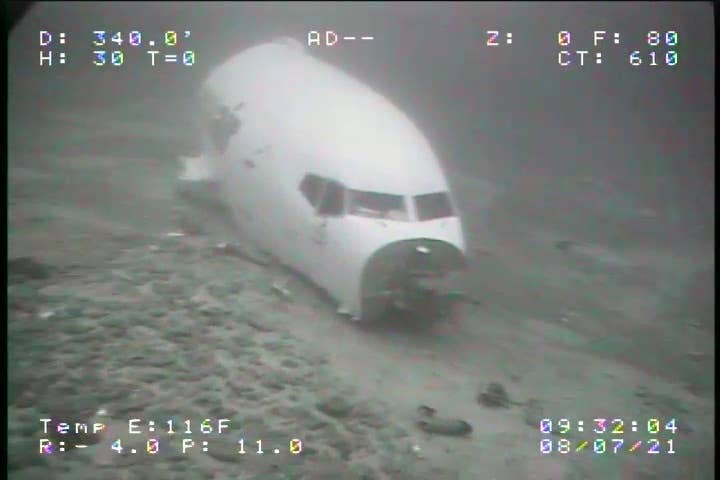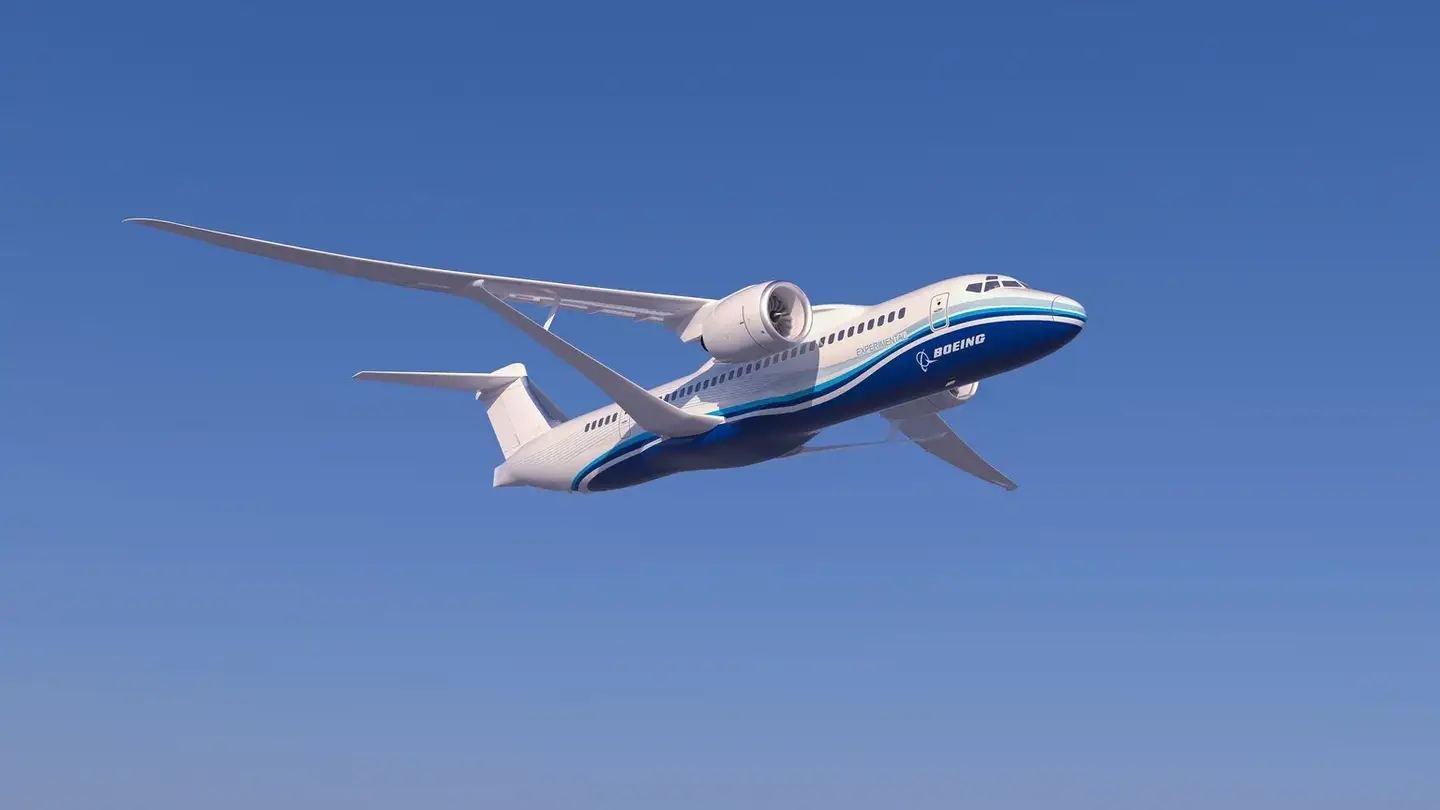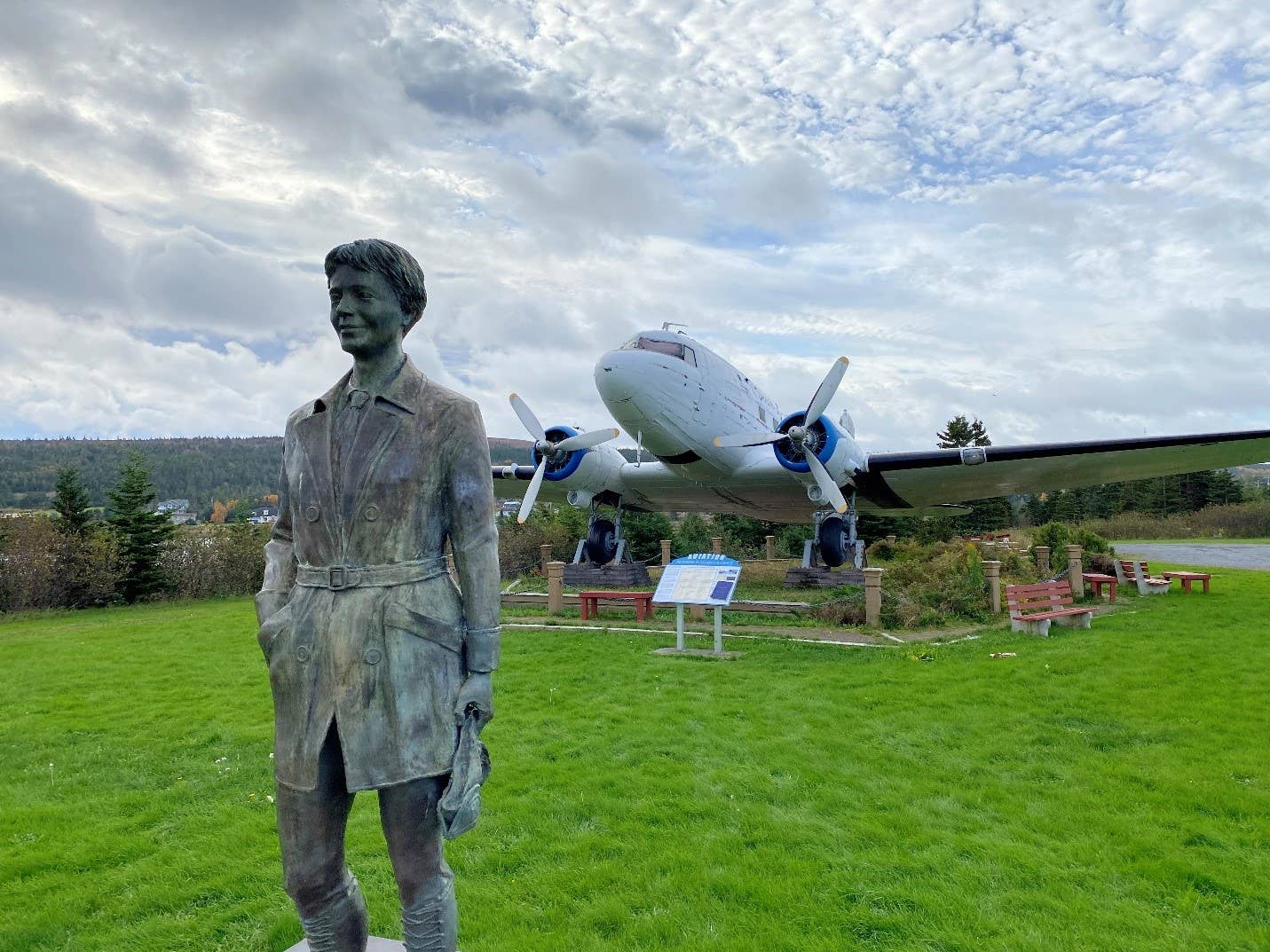NTSB Dispatches Investigative Team To Oversee Recovery Of TransAir 737
A team of National Transportation Safety Board (NTSB) investigators is on its way to Hawaii to supervise the recovery of TransAir Flight 810, a Boeing 737-200 that ditched in the…

Photo: NTSB
A team of National Transportation Safety Board (NTSB) investigators is on its way to Hawaii to supervise the recovery of TransAir Flight 810, a Boeing 737-200 that ditched in the ocean on July 2. Both pilots were rescued by the U.S. Coast Guard and Honolulu Airport Aircraft Rescue Fire Fighting personnel.
NTSB Chair Jennifer Homendy said, “Having access to the [flight data and cockpit voice] recorders, the engines, and other components will be critical to understanding not only how this accident occurred, but how future accidents might be prevented.” The flight crew “reported anomalies in both engines” according to the NTSB and ditched shortly after takeoff from Daniel K. Inouye International Airport in Honolulu bound for Kahului, Hawaii. Both engines separated on impact, and the fuselage broke into two pieces. All the wreckage is resting on an ocean shelf 350 to 450 feet below the surface about two miles offshore.
The recovery operation is scheduled to begin Oct. 9 and is expected to take 10 to 14 days. Plans include raising the aft fuselage section (with the wings still attached), loading it onto a barge, and then removing the recorders. Equipment to be used includes remotely operated underwater vehicles, a research vessel and a barge with a crane. “NTSB investigators will document the wreckage in Honolulu before the engines and other selected components are crated and shipped to facilities on the U.S. mainland for further examination and testing,” according to an NTSB press release.
The board has set up a page on its website dedicated to the investigation of TransAir Flight 810.






